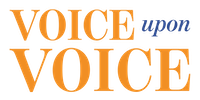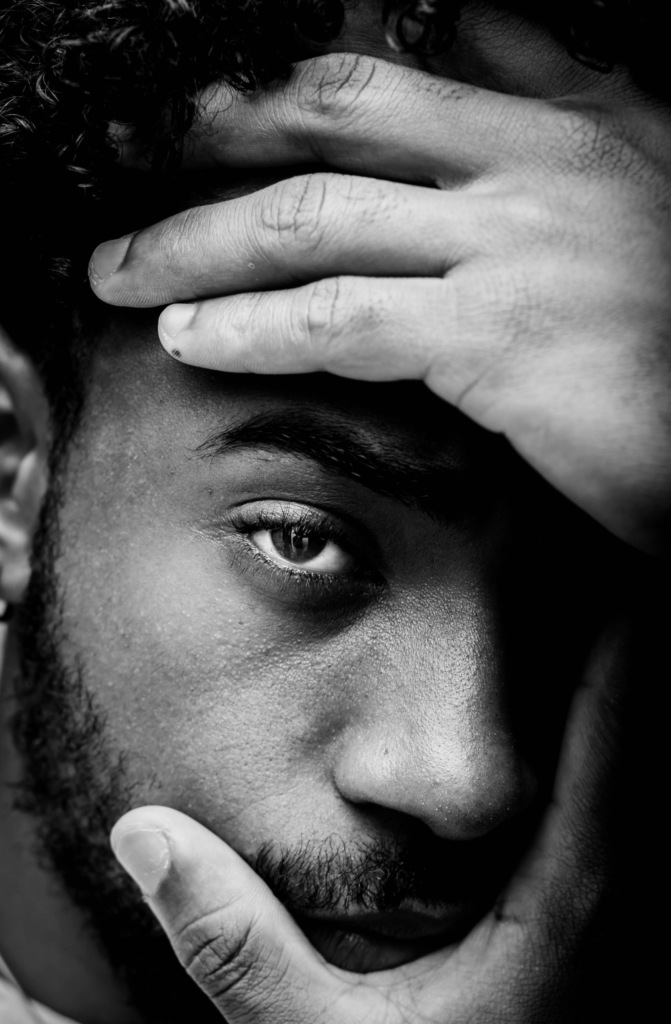The Literary Morrison
“Human, All too Human:” Toni Morrison’s James Joyce.
Jazz’ narrator is wily and temperamental, which is why she may be “talking back” to another narrator in another novel: Molly Bloom at the end of James Joyce’s Ulysses. The nameless narrator of Jazz exemplifies a type of intertextuality that Morrison has developed between characters in different novels. Toni Morrison’s Beloved Trilogy considers whether or not…
Read MoreTalking Back to Aeschylus
“But when necessity’s yoke was put upon him/ he changed, and from the heart the breath came bitter/ and sacrilegious, utterly infidel,/to warp a will now to be stopped at nothing.” –Aeschylus, The Agamemnon Morrison’s art of the novel is rich with intertextual references to other works of literature. There are several excellent studies you may know…
Read More“Feathered Things” and “Long-ago Places”: Motivic Morrison
Sets of related images, sprinkled across Toni Morrison’s trilogy, create a rhythmic experience for readers. Certain types of images are repeated within a novel, and across all three of the trilogy novels. What are some of these, and how might readers experience their reoccurrence in different contexts? Why is this repetition such a significant feature…
Read MoreMorrison’s Descriptive Vivacity
If you work very carefully, you can clean up ordinary words and repolish them, make them seem alive again. –Toni Morrison interviewed by Nellie McKay Why a separate entry on description per se? Because there is every good reason for readers of the trilogy to respond to her descriptive artistry as such, without suborning it to…
Read MoreThe Black Arts Movement And Beyond
“We want poems that kill” –Leroy Jones (Amiri Baraka), “Black Art,” 1965 Seriously. Amiri Baraka created the Black Arts Repertory School–BARTS–Theatre in Harlem in 1965 following the assassination of Malcolm X, and for him, art was to be a cultural weapon. The literary poems, plays, and essays by African American writers Stephen Henderson, Larry Neal,…
Read More




